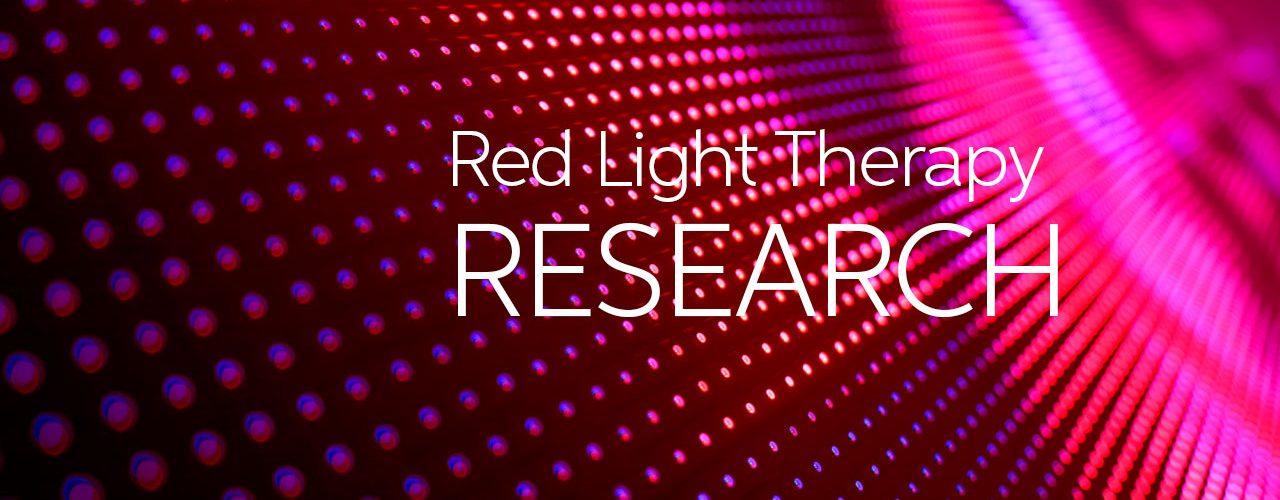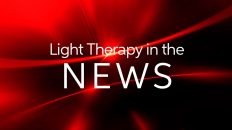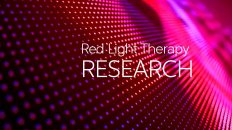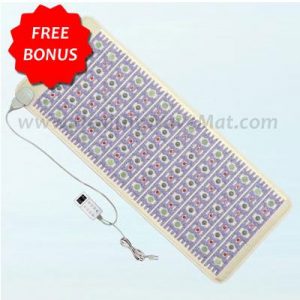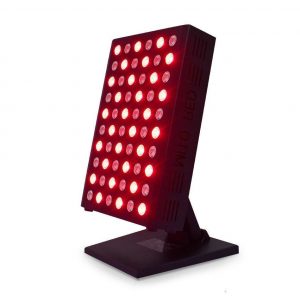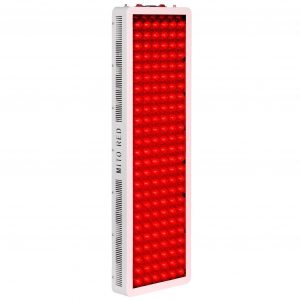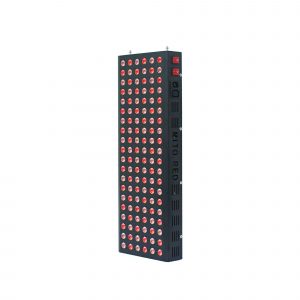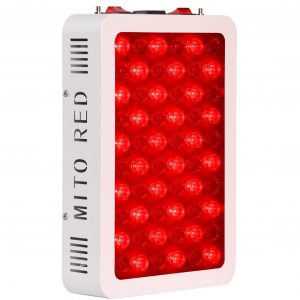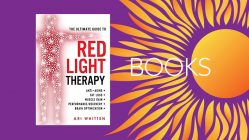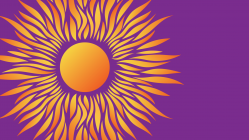Recent studies have explored if phototherapy with low-level laser therapy (LLLT) or narrow-band light-emitting diode therapy (LEDT) can modulate activity-induced skeletal muscle fatigue or subsequently protect against muscle injury.
We performed a systematic review with meta-analysis to investigate the effects of phototherapy applied before, during and after exercises.
A literature search was performed in Pubmed/Medline database for randomized controlled trials (RCTs) published from 2000 through 2012.
Trial quality was assessed with the ten-item PEDro scale. Main outcome measures were selected as: number of repetitions and time until exhaustion for muscle performance, and creatine kinase (CK) activity to evaluate risk for exercise-induced muscle damage. The literature search resulted in 16 RCTs, and three articles were excluded due to poor quality assessment scores.
From 13 RCTs with acceptable methodological quality (≥6 of 10 items), 12 RCTs irradiated phototherapy before exercise, and 10 RCTs reported significant improvement for the main outcome measures related to performance.
The time until exhaustion increased significantly compared to placebo by 4.12 s (95% CI 1.21-7.02, p < 0.005) and the number of repetitions increased by 5.47 (95% CI 2.35-8.59, p < 0.0006) after phototherapy. Heterogeneity in trial design and results precluded meta-analyses for biochemical markers, but a quantitative analysis showed positive results in 13 out of 16 comparisons.
The most significant and consistent results were found with red or infrared wavelengths and phototherapy application before exercises, power outputs between 50 and 200 mW and doses of 5 and 6 J per point (spot).
We conclude that phototherapy (with lasers and LEDs) improves muscular performance and accelerate recovery mainly when applied before exercise.

